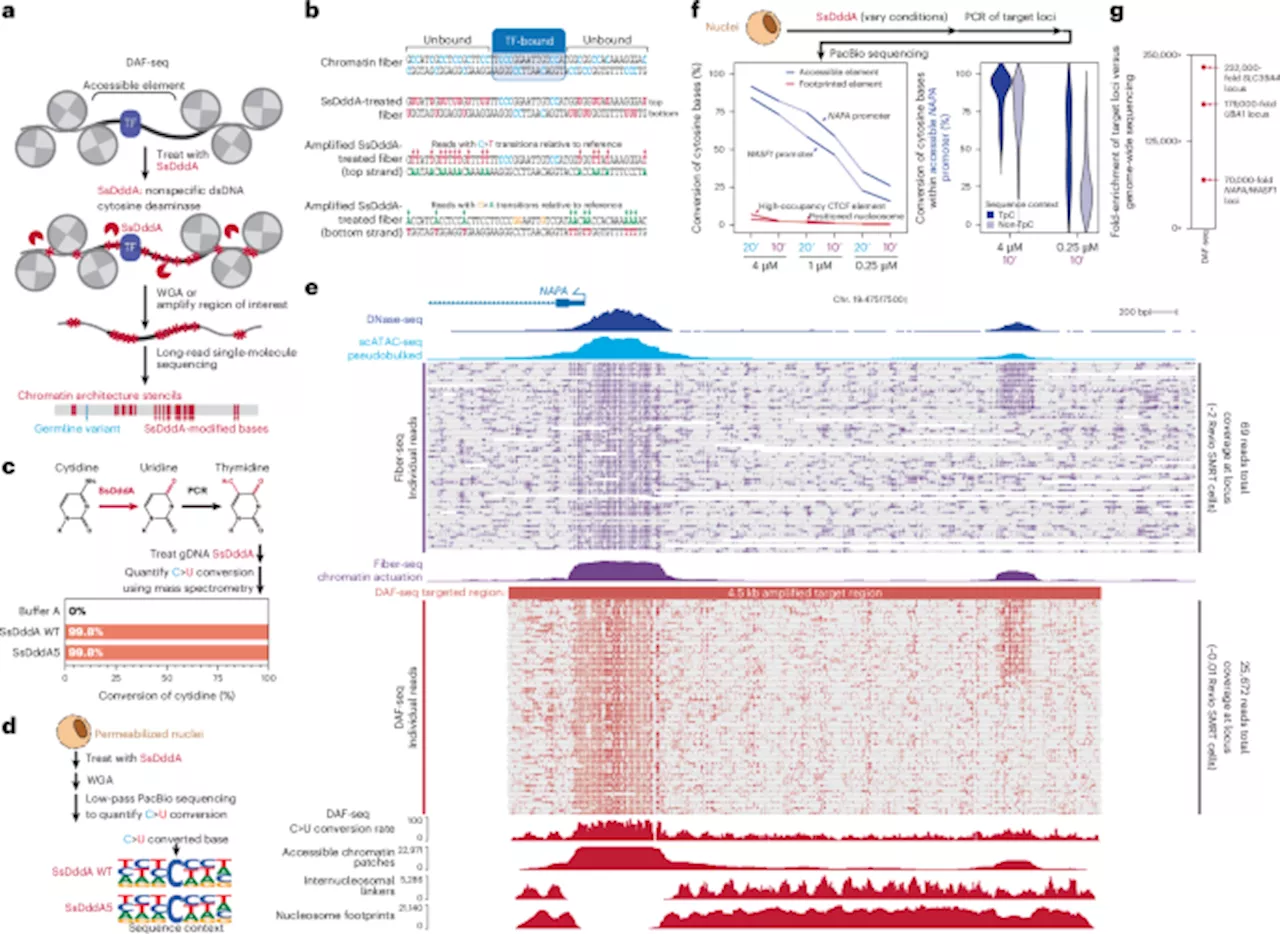A team of researchers has made significant strides in the development of robots constructed from living muscle tissue, aiming to create machines that exhibit behaviors traditionally associated with biological organisms. This innovative approach allows robots to not only move but also adapt and strengthen through usage, enhancing their efficiency over time.
The project, led by Vickie Webster-Wood from the Biohybrid and Organic Robotics Group, focuses on controlling these biohybrid robots as they learn to perform specific tasks. The researchers employed a method known as reinforcement learning to develop a model that effectively directs a biohybrid robot, even as its muscle tissues grow stronger with repeated use.
In their experiments, the team designed a soft, worm-like robot composed of 42 living muscles. The robot was challenged to move toward eight distinct targets within a simulated environment. To accomplish this, it had to learn to coordinate its muscle contractions in various ways, adapting its movements to reach each target successfully.
The research team conducted simulations with both static and adaptable muscles to assess how muscle exercise would impact the robot’s learning capabilities. “At the start of this experiment, we questioned whether or not the AI agent would be negatively impacted by muscle adaptability,” said Webster-Wood, who holds the position of associate professor of mechanical engineering. “However, we found that having adaptable actuators didn’t hurt learning at all.”
The results were promising. The researchers successfully taught the robot to navigate toward all eight targets by effectively coordinating its muscle contractions, even as those muscles adapted and improved over time. This adaptability proved beneficial, allowing the robot to learn more rapidly and perform tasks with greater efficiency.
“This brings us one step closer to designing and eventually building biohybrid robots that can adapt to the world around them, just like animals do,” Webster-Wood added, highlighting the potential implications of their work. The findings underscore the feasibility of creating robots that not only function but also evolve, paving the way for future advancements in biohybrid robotics.







